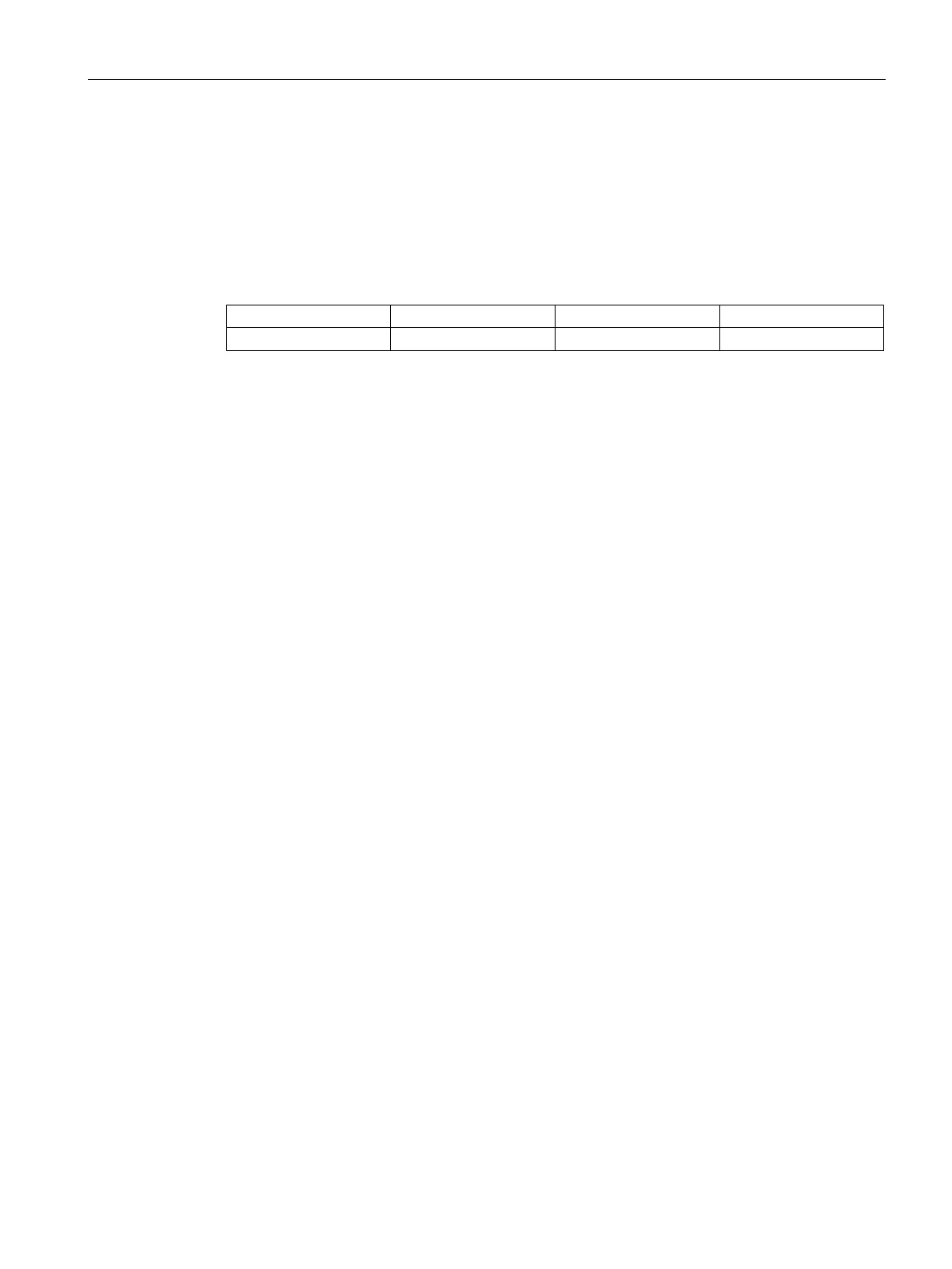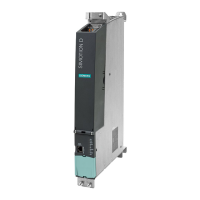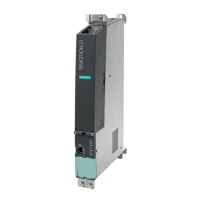Communication
2.3 Modbus communication
SIMOCODE pro - Communication
Function Manual, 11/2018, A5E40508495002A/RS-AC/003
97
Modbus RTU telegram format
The data exchange "Master → Slave" and/or the corresponding response "Slave → Master"
begins with the slave address, followed by the function code. Following this, the data are
transferred. The structure of the data field depends on the function code used. The CRC
check is transmitted at the end of the frame. The response frame from the slave to the
master contains the same slave address and the same function code. The data area is filled
according to the requested data.
● Slave address: This address is used to address a defined slave on the bus. Standard
address: 1 to 247
● Function code: Defines the slave function desired by the frame
● DATA = frame data: Function-code-dependent administration data and net data. When
transferring the register data, the high byte is always transferred first, followed by the low
byte, in accordance with the Modbus specification.
● CRC CHECK = frame checksum: The end of the frame is identified by the CRC-16
checksum of two bytes in length,
The end of frame is recognized when no transmission takes place during the time period
required for the transmission of three and a half characters (3.5 times character delay time)
(see Modbus Protocol Reference Guide).
On recognition of an error in the request frame from the master (illegal register address, for
example), the slave sets the highest value bit in the function code of the response frame
(that is, the requested function code + 80h). This step is followed by transmission of a byte
with the exception code that describes the cause of the error.
For details: See Modbus RTU error codes (Page 109).
